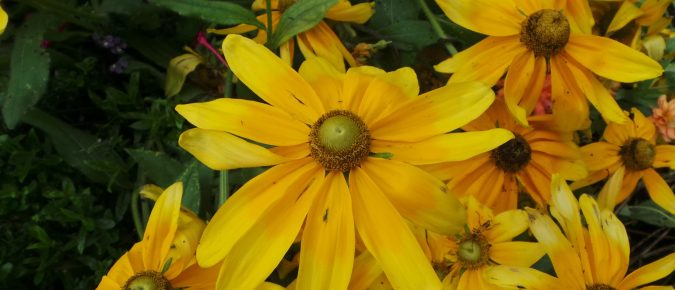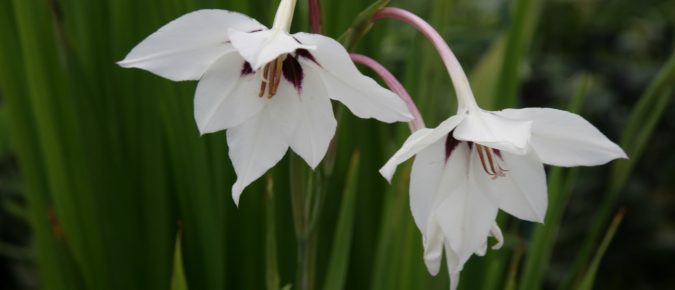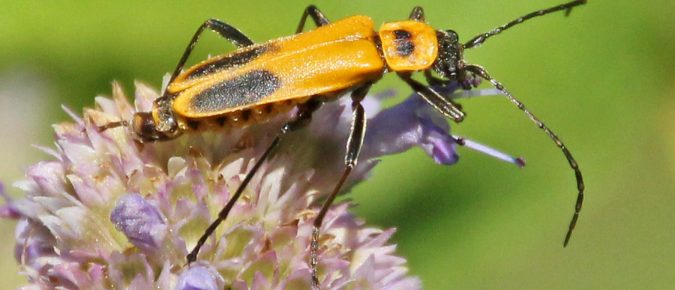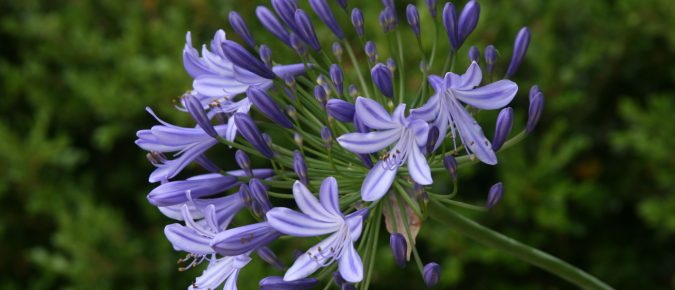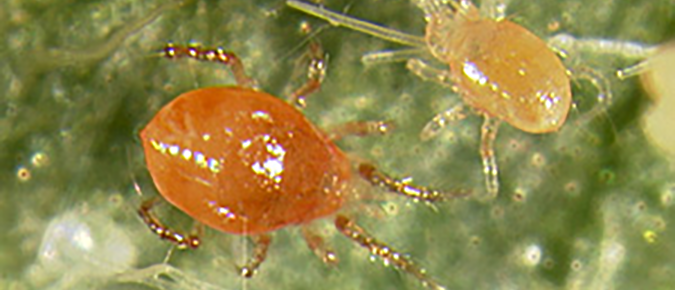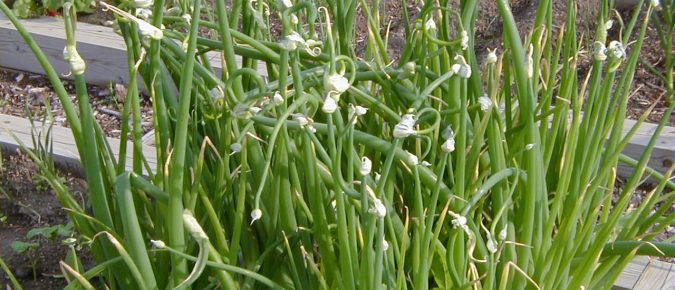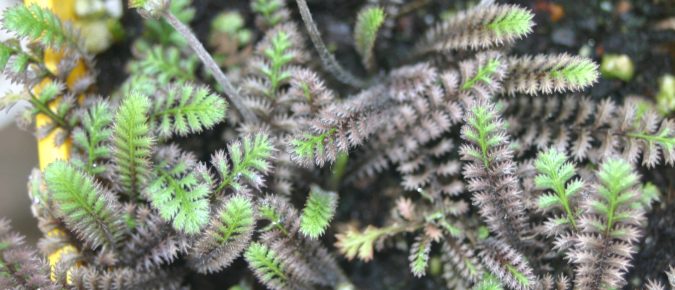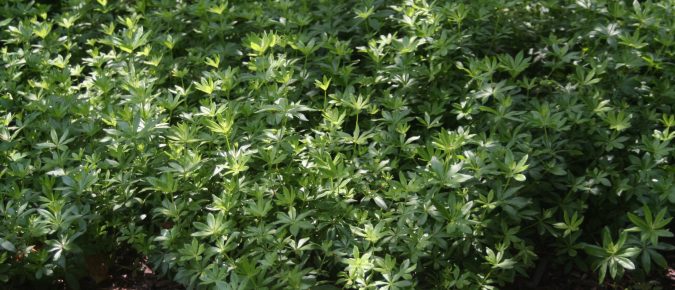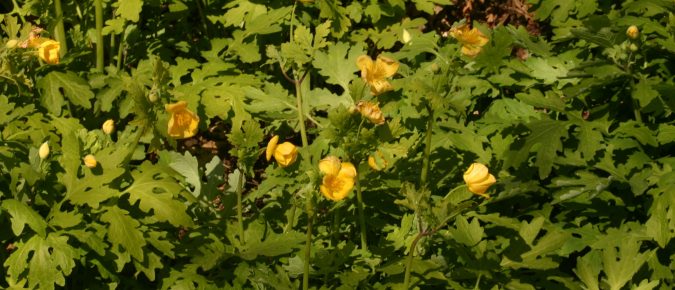Make a splash in the garden with a brightly colored black-eyed Susan – minus the black eye. ‘Prairie Sun’ is a former All America Selections winner with a green center and rich, orange and yellow petals. Learn more about this intriguing cultivar …
Here’s a plant in the iris family disguised as an orchid – peacock orchid, that is. Despite the common name, this is a species of Gladiolus that is easily grown as a tender summer bulb in our climate. And the bonus is that it’s fragrant! Learn more about this interesting flower here…
You’ve probably noticed elongated, orange beetles roaming about on flowers lately. These goldenrod soldier beetles are the most common species of soldier beetle in our area. They are common at this time of year, feeding on pollen and maybe the occasional small insect. Read this article to find out more about these insects…
Are you ready to add an exotic blue flower to your summer patio display, and then keep it as a houseplant? Lily-of-the-Nile is used extensively in landscaping in mild climates, but it’s not any harder to grow this plant in the north than many other tropicals. Learn more about the tender perennial Agapanthus in this article…
Did you know that there are mites that eat other mites? Barely visible to the naked eye, these little predators help keep spider mites and other pests in check. Read on to learn more about this fascinating world of tiny predatory mites…
While they don’t really walk, and they’re not really from Egypt, these onions flop over and replant the bulbils produced on the stem tops, so they move across the ground if you let them. Find out more about this perennial onion…
Looking for a miniature-scale ground cover? Brass buttons is a different type of low-growing plant, hailing from New Zealand, but hardy to zone 4. Learn more about the perennial Leptinella squalida in this article…
With silvery, woolly leaves and small, bright magenta, rose, pink or white flowers, rose campion, Lychnis coronaria can be a wonderful addition to the dry garden. It is a relatively short-lived perennial, but does self seed (not invasively) and has few pest problems. Read more about this pretty plant…
Sweet woodruff is an attractive groundcover for moist, shady spots, producing tiny white flowers in the spring. This European plant was used as an herbal remedy for a variety of ailments, and the dried leaves and flowers smell like freshly mown hay. If you want to learn more about this herbaceous perennial, continue reading…
With lots of common names including creeping spurge, donkey tail, and myrtle spurge, Euphorbia myrsinites is an interesting succulent perennial that can be either a great garden plant or an aggressive pest. Learn more about this Eurasian species with blue foliage that’s in bloom now (at least in the Madison area) in this article…
Celandine poppy or wood poppy will soon be opening its bright yellow flowers in shade and woodland gardens throughout the area. Learn more about this eastern US native perennial in this article…
Don’t like the look of metal or plastic stakes, but you need to offer some support for a few floppy annuals or perennials? How about using prunings from your yard or elsewhere to do the job in an informal way? Learn more about this time-honored technique…

